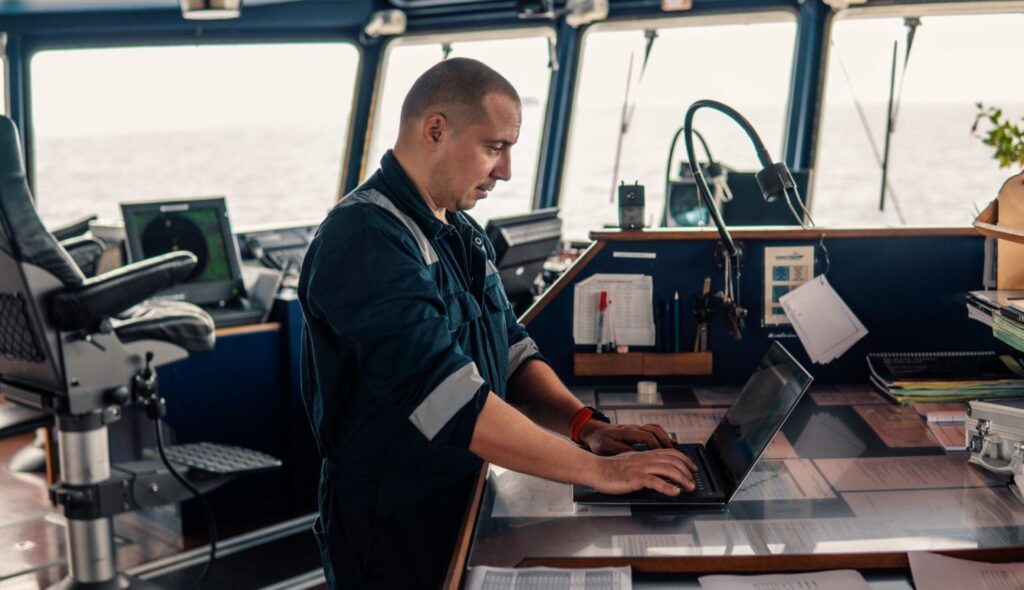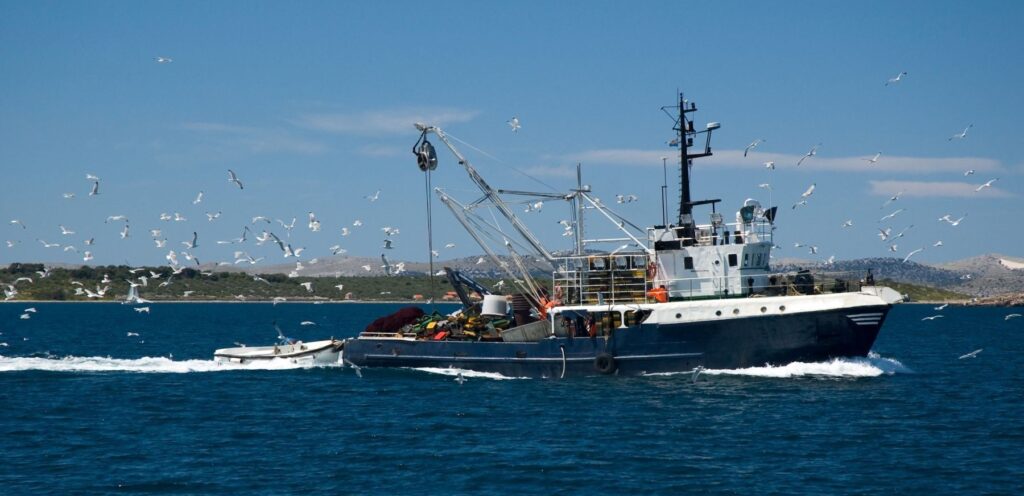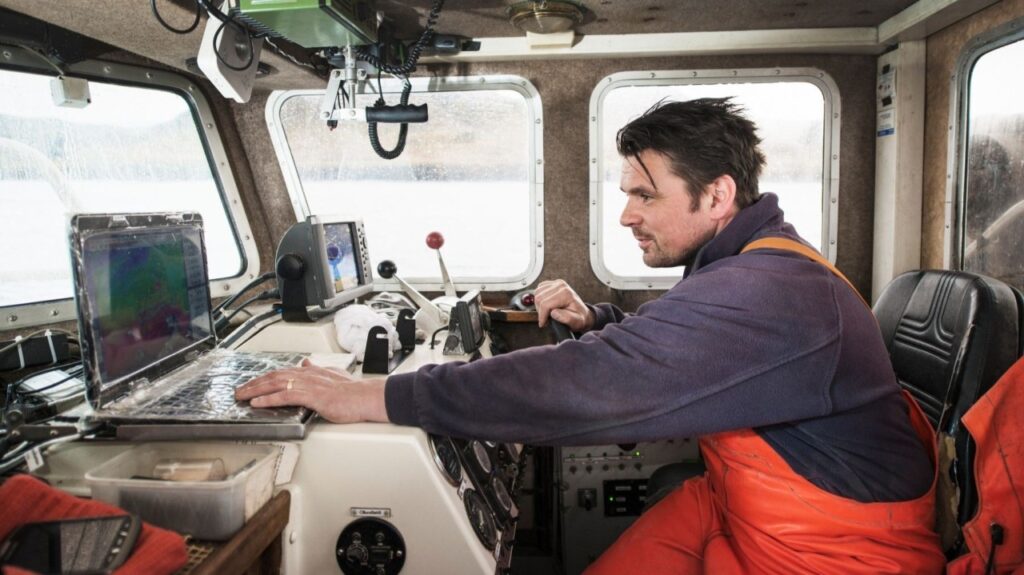On a foggy morning in Lunenburg, Nova Scotia, the wharves are alive with the familiar sounds of Atlantic Canada’s fishing industry: the slap of boots on wet planks, the creak of ropes, and the distant hum of diesel engines. But beneath this time-honoured rhythm, a quieter revolution is underway—one that’s transforming the region’s oldest industry into a high-tech enterprise. Lobster traps and trawlers now share the stage with laptops, Wi-Fi networks, and cloud-based management systems. And with this transformation comes an unexpected, invisible threat: cybercrime.
The Digital Tide Rises
For generations, the fishing industry in Atlantic Canada has been the economic lifeblood of coastal communities. Today, it remains a cornerstone, contributing billions to the regional economy and supporting thousands of families. Yet, as global demand for seafood grows and competition intensifies, local fishers and processors have turned to digital technology to stay afloat. Automated feeding systems in aquaculture, GPS-enabled fleet tracking, digital inventory management, and online marketplaces are now as essential as nets and bait.
Take, for example, the story of a family-run lobster business in Prince Edward Island. For decades, they managed their operations with paper ledgers and radio calls. But in recent years, they’ve adopted cloud-based inventory systems, digital payment platforms, and remote monitoring for their holding tanks. Their business has grown, efficiency has soared, and their lobsters reach markets in Europe and Asia faster than ever before.
Yet, with every new device and connection, a new door opens—one that cybercriminals are increasingly eager to walk through.
The New Target: Lesser-Known, Less-Protected

When most people think of cyberattacks, they picture hackers breaching the firewalls of banks or stealing data from multinational tech firms. But the reality is shifting. Today’s cybercriminals are opportunists, constantly scanning for vulnerable targets. And as large corporations invest heavily in cybersecurity, attackers are turning their attention to industries that are critical, yet often under-protected—like food production and fisheries.
In 2021, the FBI warned that the food and agriculture sector was facing a surge in ransomware attacks. The logic is chillingly simple: disrupt a supply chain that can’t afford downtime, and the victims are more likely to pay. For a seafood processor in Newfoundland, a single day offline can mean thousands of pounds of fresh product lost, contracts broken, and customers disappointed. For a small business, the financial and reputational fallout can be devastating.
A Day the Nets Stayed Empty
Consider what happened last year to a mid-sized aquaculture company in New Brunswick. One morning, staff arrived to find their automated feeding systems offline and their computer screens locked by a ransom note. Hackers had breached the company’s network through a phishing email, encrypting critical files and threatening to release sensitive business data unless a hefty sum was paid in cryptocurrency.
The company faced an agonizing choice: pay the ransom and hope for the best, or try to rebuild their systems from scratch. Every hour of downtime meant fish weren’t fed, tanks weren’t monitored, and the risk of catastrophic loss grew. In the end, they paid the ransom—reluctantly—and spent months recovering from the attack. The incident never made the news, but the lesson was clear: cyber risks are no longer a distant concern; they’re a present danger.
Vulnerabilities Hidden in Plain Sight
What makes the fishing industry particularly vulnerable? The answer lies in its rapid, uneven digital transformation. Many operations are a patchwork of old and new: legacy equipment retrofitted with internet-connected sensors, office computers running outdated software, and staff whose expertise lies in the sea, not cybersecurity.
Automation, once a competitive edge, can become a liability if not properly secured. Remote-controlled feeding systems, environmental sensors, and fleet management platforms are all potential entry points for hackers. A single weak password or unpatched device can allow attackers to seize control, disrupt operations, or steal sensitive information.
Moreover, the human factor looms large. In a sector where employees are more likely to be trained in marine safety than in recognizing phishing emails, social engineering attacks are alarmingly effective. A message that appears to come from a trusted supplier or regulator can trick even the most cautious worker into clicking a malicious link.
The Ripple Effect: Beyond Dollars and Data

The consequences of a cyberattack in the fishing industry extend far beyond immediate financial loss. When operations grind to a halt, the effects ripple through the entire supply chain. Fishermen can’t land their catch. Processors can’t fulfill orders. Exporters miss shipping deadlines. And in a world where freshness is everything, even a short delay can mean the difference between profit and spoilage.
There’s also the matter of trust. In tightly knit coastal communities, reputation is hard-won and easily lost. A breach that exposes customer data or disrupts service can erode relationships built over generations. For many small and medium-sized businesses, recovering from such a blow is far more difficult than bouncing back from a storm or a bad season.
Lessons from the Frontlines
Globally, the seafood and maritime sectors have already seen the devastating impact of cyberattacks. In Norway, the aquaculture equipment supplier Akva Group lost millions after a ransomware attack crippled its operations. Shipping giant Maersk, though outside the fishing sector, famously suffered a cyber incident that temporarily halted ports and cost the company hundreds of millions.
These high-profile cases offer valuable lessons for Atlantic Canada: no business is too small or too traditional to be targeted. And the cost of ignoring cyber risks can be catastrophic.
Turning the Tide: Building Cyber Resilience

So, what can Atlantic Canada’s fishing industry do to defend itself against this rising tide of cyber threats?
First, awareness is key. Business owners and managers must recognize that cybersecurity is as essential as life jackets and emergency drills. It’s not just an IT issue—it’s a business survival issue.
Next, businesses should assess their vulnerabilities. This means taking stock of all connected devices and systems, identifying weak points, and prioritizing risks. Even simple steps—like updating software, using strong passwords, and enabling multifactor authentication—can block many common attacks.
Training is another crucial line of defense. Employees at every level should know how to spot phishing attempts, handle suspicious messages, and report potential incidents. Regular drills and clear protocols can turn staff from a weak link into a strong shield.
Incident response planning is equally important. When an attack happens—and it’s increasingly a matter of when, not if—having a tested plan can make the difference between a quick recovery and a prolonged crisis. This includes backing up critical data, maintaining offline copies of key records, and establishing relationships with cybersecurity experts who can help in an emergency.
Finally, the industry must embrace collaboration. Cyber threats don’t respect boundaries, and sharing information about attacks and best practices can help everyone stay safer. Industry associations, government agencies, and technology partners all have a role to play in building a resilient, united front.
Charting a Safe Course
As the sun rises over the Atlantic, the fishing boats head out once more—guided by tradition, but powered by technology. The digital transformation sweeping through Atlantic Canada’s fisheries brings enormous promise, from greater efficiency to global reach. But it also demands new vigilance.
Cybersecurity may seem far removed from the salt and spray of the open sea, but it’s now as fundamental to the industry’s future as the tides themselves. By taking proactive steps, investing in training and technology, and working together, the region’s fishing industry can ensure that its greatest assets—its people, its reputation, and its catch—remain safe from both old dangers and new.
In the end, the story of Atlantic Canada’s fisheries is one of resilience and adaptation. From lobster traps to laptop hacks, the industry has always found ways to weather change. With eyes open to the cyber risks ahead, it can continue to thrive for generations to come.
At Adaptive Office Solutions, cybersecurity is our specialty. We prevent cybercrimes by using analysis, forensics, and reverse engineering to detect malware attempts and patch vulnerability issues. By investing in multilayered cybersecurity, you can leverage our expertise to boost your defenses, mitigate risks, and protect your data with next-generation IT security solutions.
Every device connecting to the internet poses a cybersecurity threat, including that innocent-looking smartwatch you’re wearing. Adaptive’s wide range of experience and tools fills the gaps in your business’s IT infrastructure and dramatically increases the effectiveness of your cybersecurity posture.
To schedule a Cyber Security Risk Review, call the Adaptive Office Solutions’ hotline at 506-624-9480 or email us at helpdesk@adaptiveoffice.ca

